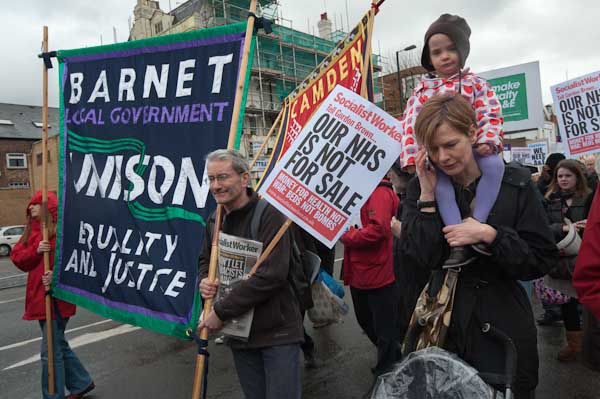
Saving the Whittington
A huge campaign in 2010 led to Andy Burnham, then Health Secretary stopping the Whittington hospital board’s plans to close its maternity and A&E Departments. A major event in this campaign was the march I photographed on Saturday 27 February 2010 from Highbury Corner to a rally at the hospital at Archway.
Later in 2013 when the board announced plans for more cuts another successful campaign stopped these, and in 2016 there was yet another campaign over redevelopment plans in concert with a private contractor.
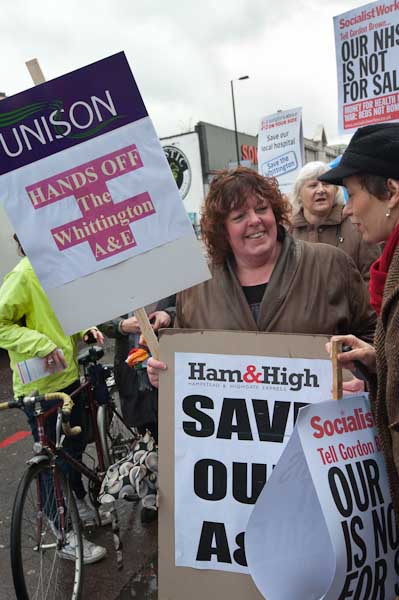
Many people tell me that protest never works and that campaigners are simply wasting their time, but in 2022 the hospital announced a £100 million refurbishment of Whittington Hospital’s maternity and neonatal facilities, which still deliver over 3,600 babies a year, and the A&E department is still open for business 24 hours a day, 7 days a week.
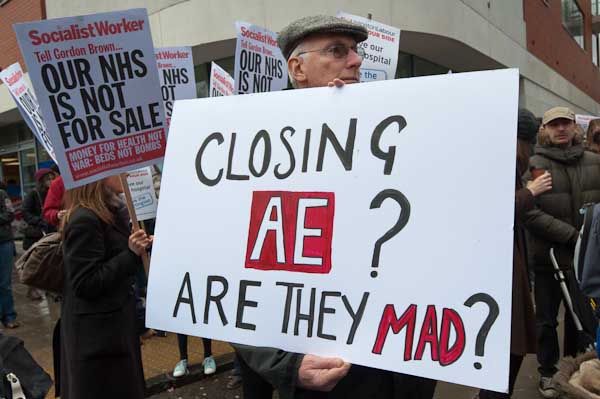
I counted almost 2000 people walking past me a short distance from the start on the two mile march to the hospital, and more arrived for the rally, swelling the numbers to around 3-5,000. Or as the BBC at the time called it, in their usual way of minimising protests, ‘hundreds’ of protesters. But at least, unlike most protests, they did report on it.
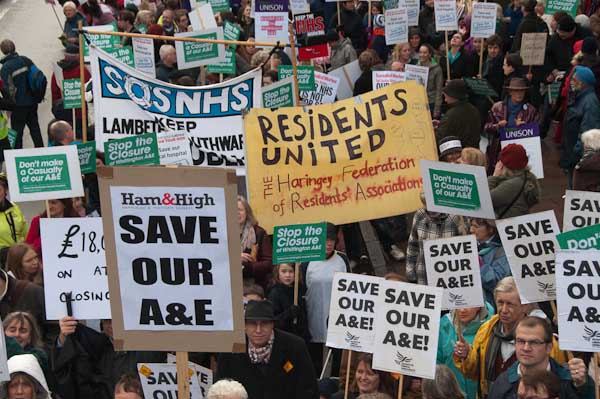
Among the marchers and speakers where almost every local politician, including David Lammy, MP for Tottenham and then Minister for Higher Education and Intellectual Property in the Department for Business, Innovation and Skills, who pledged his support for the hospital and all its services, revealing that he had been born there. Frank Dobson MP who was Secretary of State for Health from 1997 to 1999 also gave a powerful speech in support, as did Lynne Featherstone, Liberal Democrat MP for Hornsey and Wood Green. MPs Jeremy Corbyn and Emily Thornberry were also at the event, as well as Terry Stacy, the leader of Islington Council.
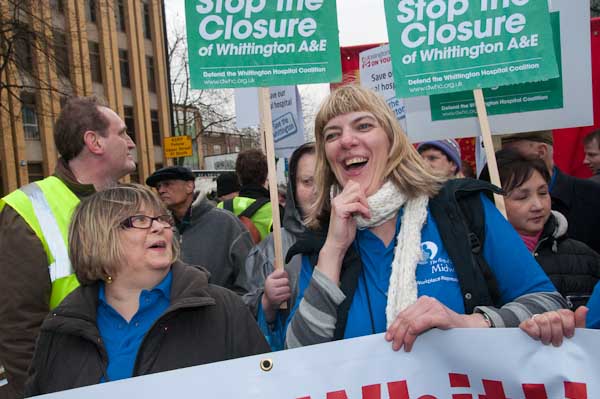
The proposals for the cuts and downgarding of A&E had come from a rationalisation programme initiated by Lord Darzi, a surgeon and national adviser in surgery to the Department of Health and a Labour Peer from 2007 until he resigned the whip in 2019. His report suggested moving much care from hospitals to GP-led polyclinics and to greater centralisation of trauma, stork and heart attack services to centralised specialist services.

Polyclinics remain rare, but although the greater specialisation of acute services made clinical (and financial) sense it failed to take into account the problems of London’s congested streets which would have led to long delays in treatment for many patients. Those inevitable delays would have meant deaths. And the selection of Whittington for closure neglected its good road and public transport connections which make it an ideal location for emergency cases as well as other patients and visitors.
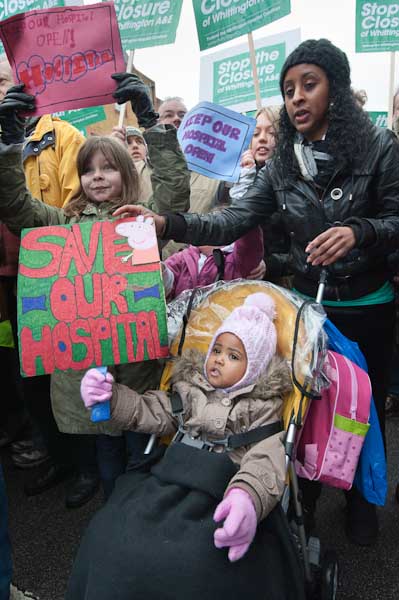
Why Whittington was chosen as suitable for closure probably came down to two factors. One was certainly the age of the buildings, but perhaps more important was that the same factors of location and transport links made it an exceptionally valuable site for property developers. Had the cuts gone ahead in 2010, the rest of the hospital would probably by now also had been closed, with the site developed, including some of those old buildings converted into luxury flats.
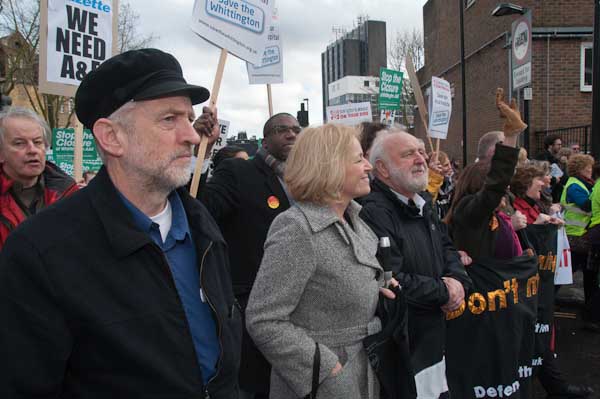
Many more pictures from the march and rally at Save the Whittington on My London Diary.